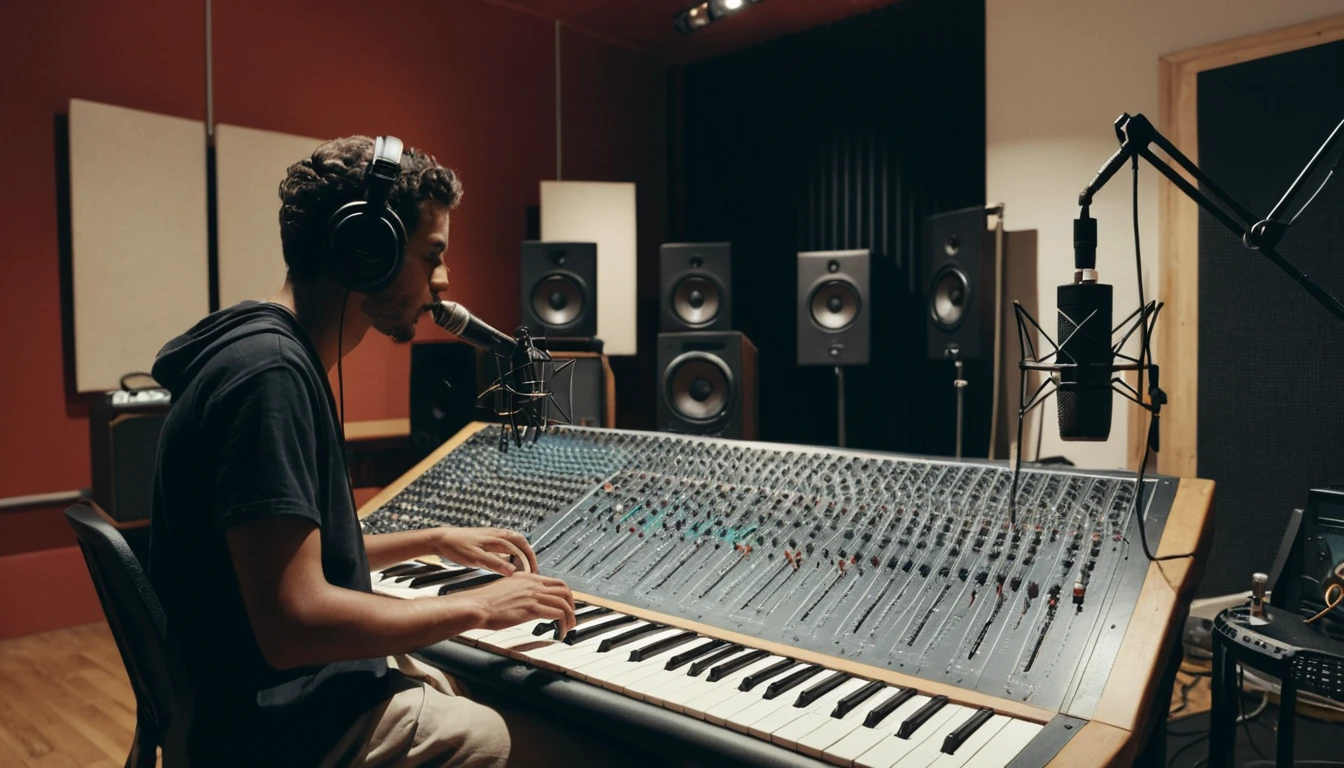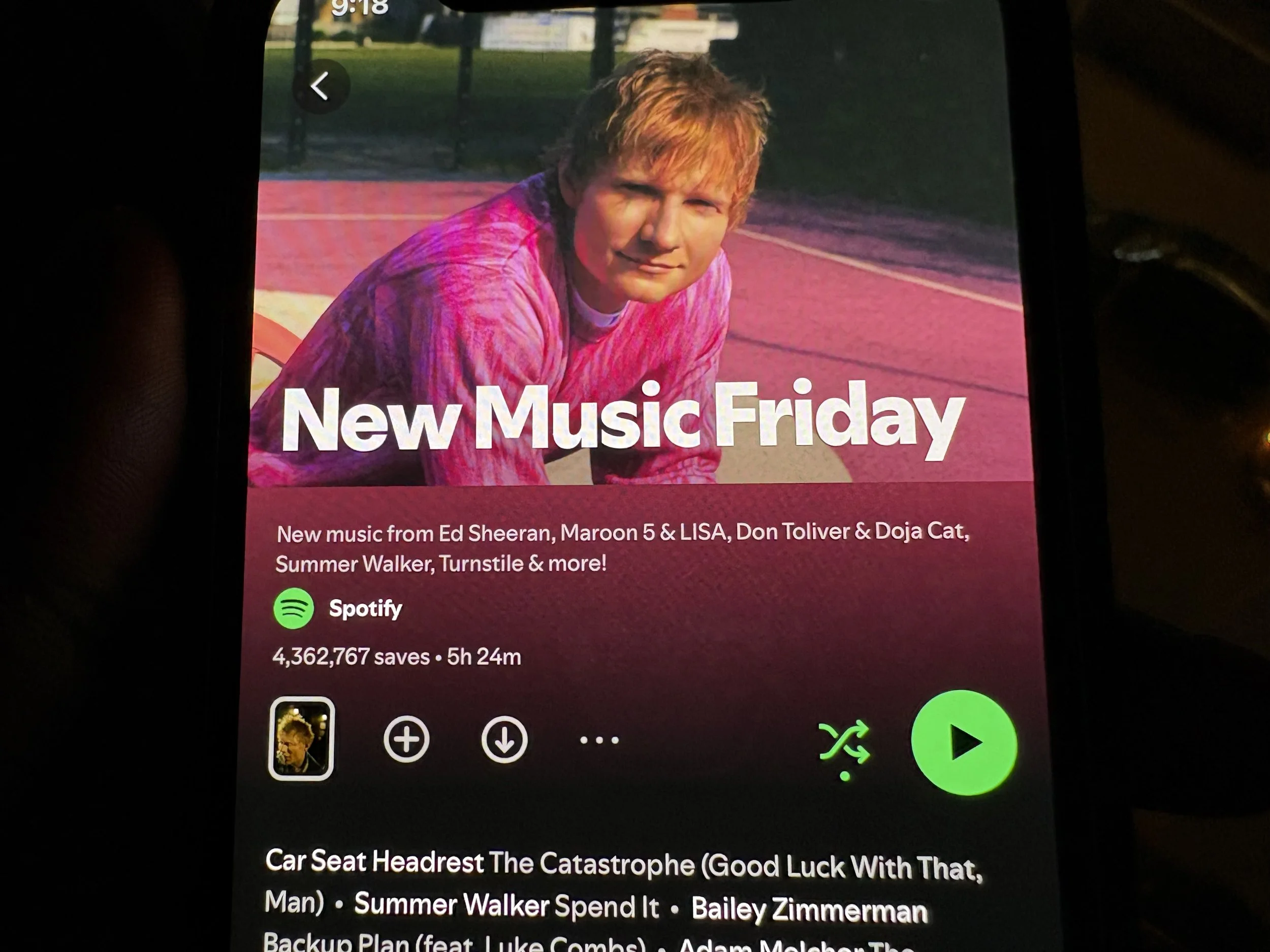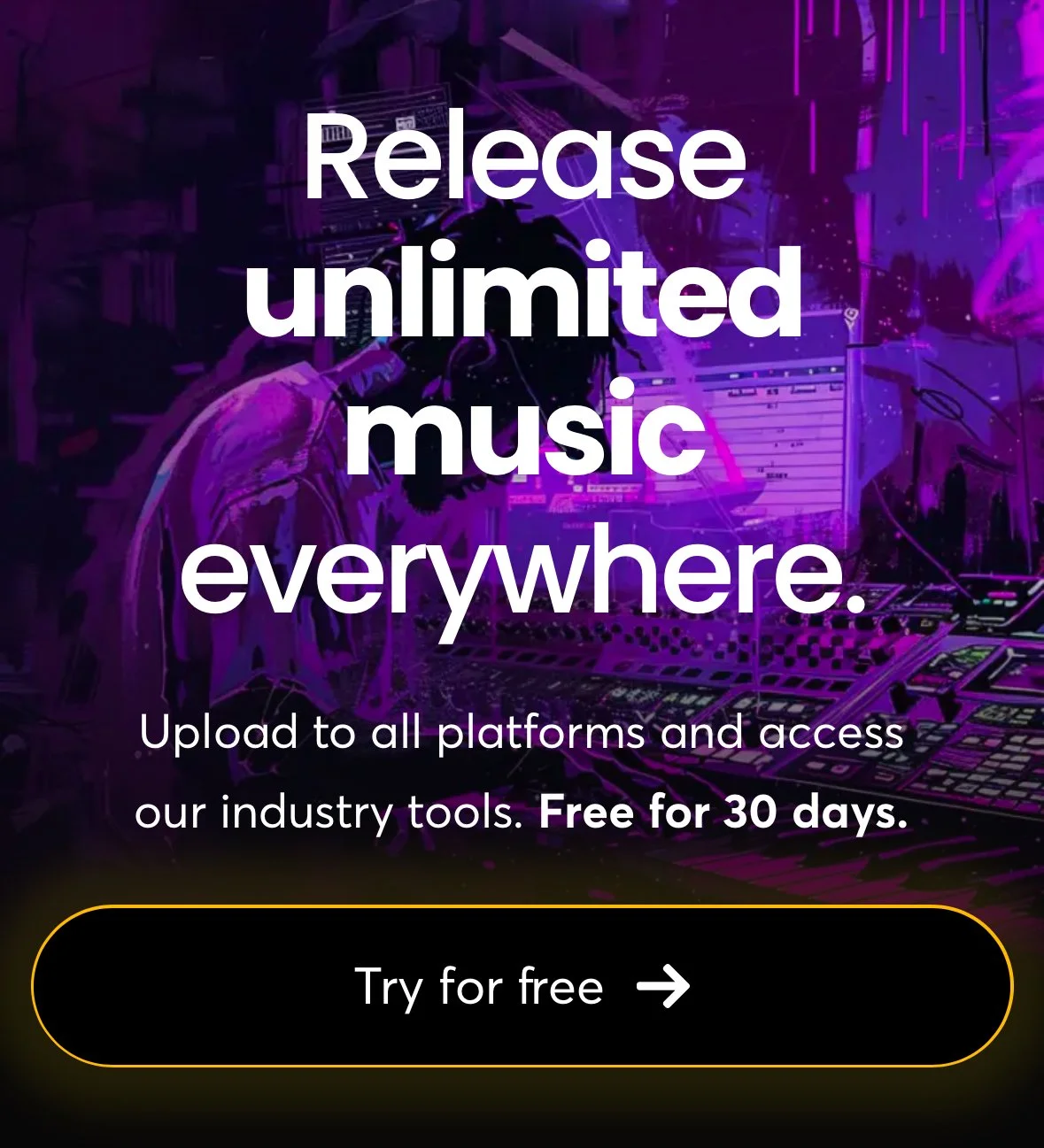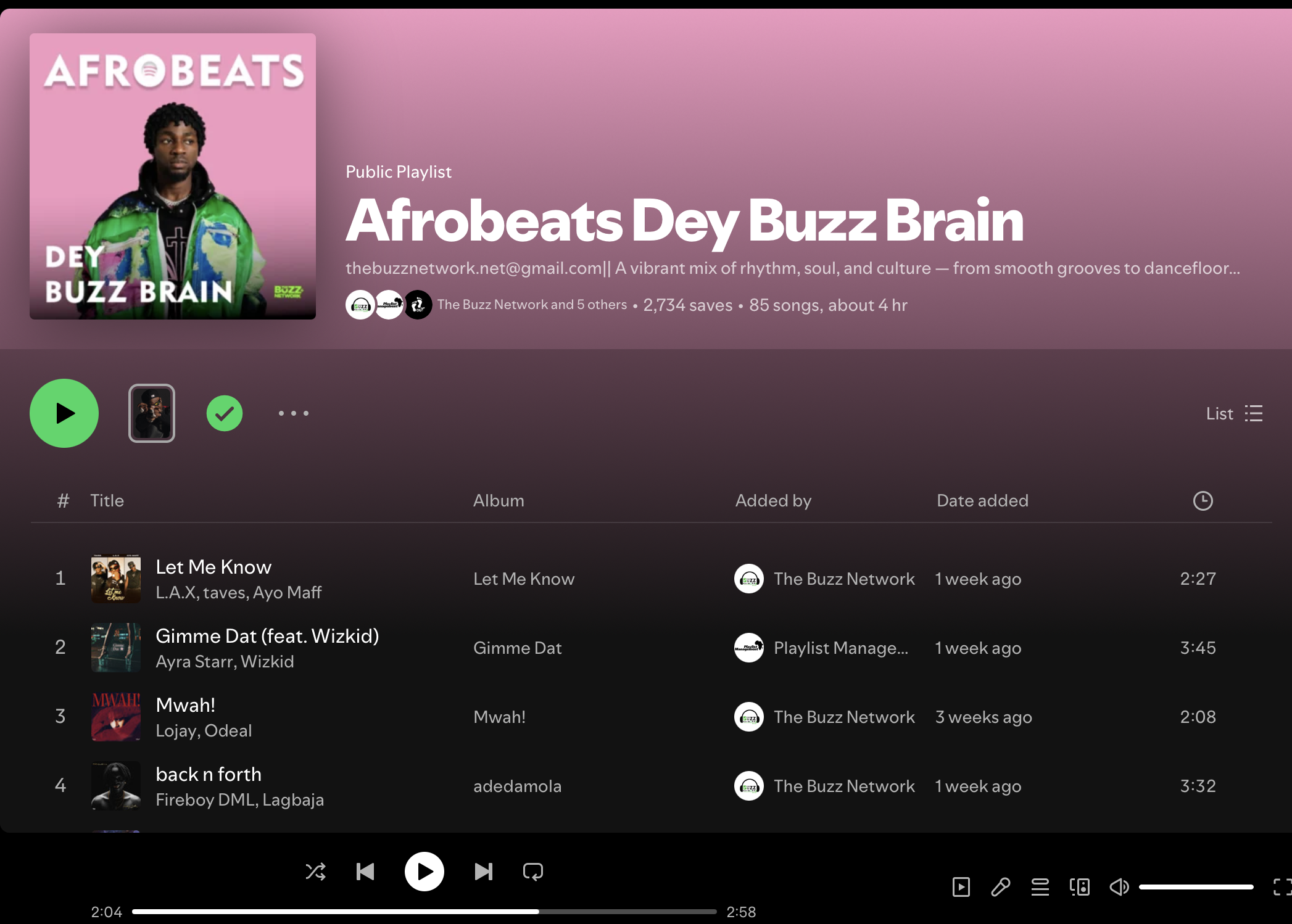How to Get on Spotify Playlists in 2025: A Proven Guide for Independent Artists
Getting on Spotify playlists in 2025 isn't just about luck—it’s about strategy. Whether you’re aiming for algorithmic exposure or human-curated placements, you need a plan that begins before your track is even released. This guide walks you through everything you need to know, from making your music playlist-ready to pitching it for maximum reach.
Step 1: Make Sure Your Track is Playlist-Ready
Before you even think about playlist placements, ensure your music is up to standard. A great song can still flop if the production is muddy or the metadata is vague. Your track should be professionally mixed and mastered, tested on multiple devices like earbuds and phone speakers to ensure clarity. File quality matters—always use high-quality WAV or AIFF files for uploads, not compressed MP3s. If you're unsure about the final polish, services like Moises AI or professionals on Groover can help with mastering.
Equally important is your metadata. This isn’t just administrative—it helps Spotify and curators understand your song’s genre, mood, and context. Don’t settle for generic tags like "hip hop" or "pop." Instead, narrow it down to subgenres like "lo-fi trap" or "melancholy bedroom pop." Describe the mood and highlight key instruments too. This kind of detail increases your chances of being matched to the right playlists.
It’s also important to pick the right song. If you already have a catalog, use Spotify for Artists to evaluate which of your tracks have the best performance—look for those with high save rates, low skip rates, and solid listener retention. If you’re deciding between multiple new songs, consider running a teaser campaign on TikTok or Instagram to gauge audience response.
Step 2: Plan a Strategic Release Before You Drop
Releasing a song isn't just uploading it and walking away. To give your track the best chance, you need a well-thought-out release strategy. Start by pitching your song through Spotify for Artists at least four weeks in advance. This is the only way to be considered for editorial playlists like Fresh Finds or New Music Friday. Submitting early also allows Spotify to gather pre-release data and start mapping your track’s potential audience.
Pre-save campaigns are another crucial part of the rollout. Using tools like Feature.fm, Hypeddit, or ToneDen, you can create a pre-save link that encourages fans to save your song before it drops. Every pre-save acts as a positive signal to Spotify’s algorithm, boosting your chances of landing on algorithmic playlists like Release Radar from day one.
It also helps to coordinate a multi-platform release. Even though Spotify may be your primary focus, releasing on Apple Music, Tidal, YouTube Music, and SoundCloud helps maximize traction across the board. High-performing tracks across platforms are more likely to attract attention from curators and trigger algorithmic recommendations.
Step 3: Pick the Right Distributor
Your distributor does more than just upload your track—they’re your digital launch partner. In 2025, top distributors like Ditto Music offer features designed to help you land playlist placements. They provide options that allow editorial playlist submissions, royalty splits for collaborators, and access to pitching tools for user-curated playlists. They also offer sync licensing opportunities that can place your music in film, games, and commercials.
A well-chosen distributor can make the difference between a successful rollout and a missed opportunity.
Step 4: Pitch Your Track the Right Way
Once your release is scheduled and your distributor is in place, the playlist grind begins. The first stop is Spotify’s editorial team. Through Spotify for Artists, you get one official shot to pitch each song. Make it count. Share a compelling backstory: what inspired the track, what genre it belongs to, how it’s performing on social media, and what artists it sounds like. Editors are looking for great music with momentum and context, not just songs with no narrative.
While editorial placements are powerful, most of Spotify’s playlists are actually created by users and independent curators. These user-curated playlists offer a major opportunity. You can also submit your track for playlist consideration to The Buzz Network. They are a trusted plug for music lovers and audiences discovering new music.
It is also possible to find curators manually—search their names on social media. Some playlist curators also leave their emails in their playlist description, you can reach out with a short, personal message that shows you’ve listened to their playlist and believe your song fits.
That said, be careful with offers that guarantee playlist placements for a fee. Paying for placement violates Spotify’s terms of service and could get your music removed. Focus instead on genuine connections, smart targeting, and organic submission platforms.
Step 5: Trigger Spotify’s Algorithm
When your track goes live, Spotify’s algorithm starts collecting data immediately. The key performance indicators that matter include your skip rate, save rate, playlist adds, and listener retention past the first 30 seconds. To trigger algorithmic playlists like Discover Weekly and Release Radar, you need strong initial engagement.
Use Spotify Canvas visuals and pair them with subtle call-to-actions like “Tap ♥ to save.” Promote your track across social platforms with direct Spotify links, and encourage fans to add it to their personal playlists. The more positive interactions your song gets in the first week, the better your algorithmic reach.
Short-form video content also plays a role. Create TikTok and Instagram Reels that use your track in engaging or relatable ways. Even a few thousand views can lead to real traction—especially if you prompt users to add your song to their own Spotify playlists.
Step 6: Keep Momentum Going
Landing on one playlist is great—but staying on and climbing higher takes consistency. Keep the momentum going by promoting your track beyond release week. Share behind-the-scenes clips, lyric breakdowns, or remix contests to give fans new ways to engage. Use platforms like ToneDen to build an email list by offering something exclusive in return, like an unreleased demo or downloadable artwork.
Release new music every six to eight weeks if possible. This steady schedule keeps you in the algorithm’s cycle and helps you build a habit with listeners. Collaborating with other artists is also a smart move—it allows you to cross-promote and tap into each other’s fan bases, while potentially earning placements on more playlists.
Final Thoughts: Your Playlist Success Starts Before the Release
In 2025, getting on Spotify playlists isn’t just about having a good song—it’s about creating a release strategy that positions your track for discovery. From sonic quality and metadata, to distribution and post-release marketing, every step matters. Take the time to do it right, and you’ll see real results—not just in streams, but in long-term growth and fan engagement.
So, the next time you prepare to release a track, follow this guide, think ahead, and don’t leave your playlist success to chance. Your future fans are just one smart release away.







